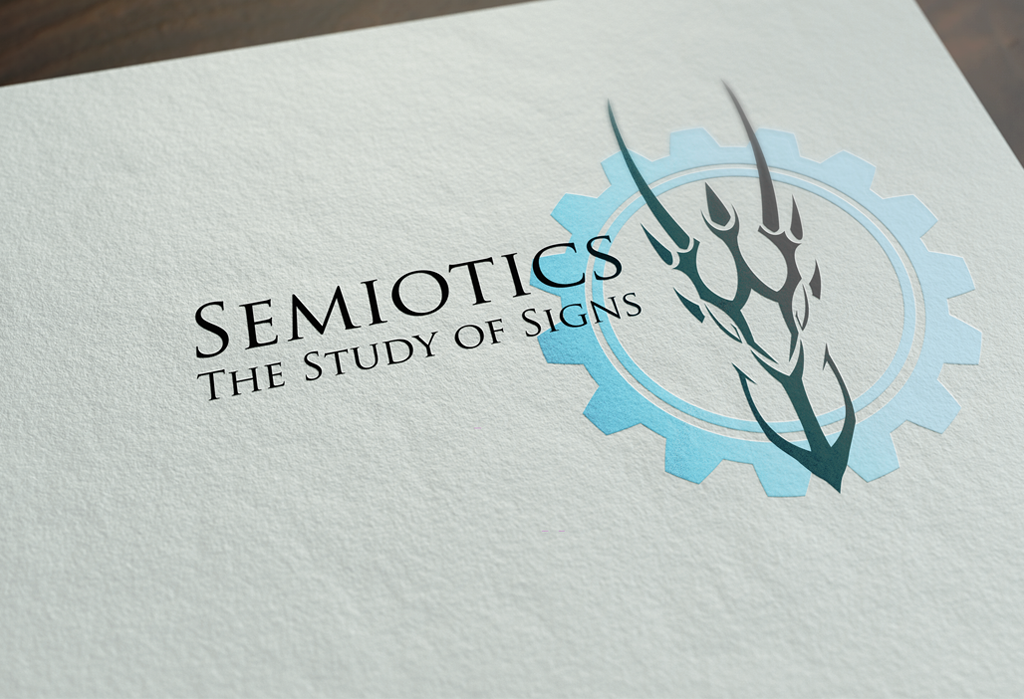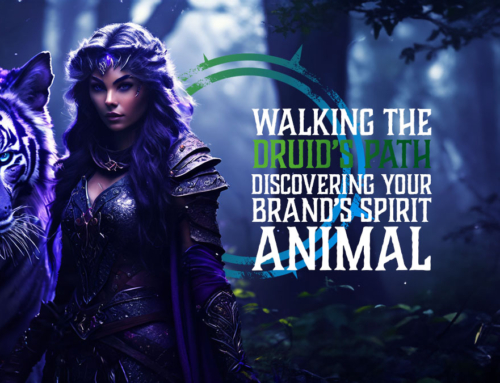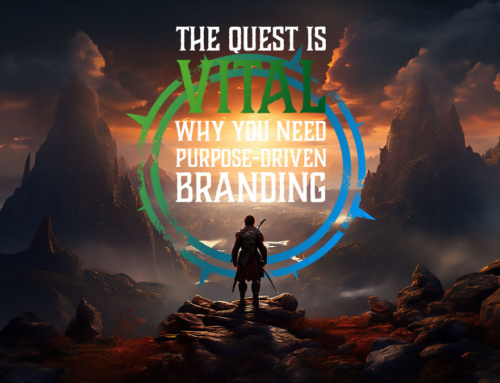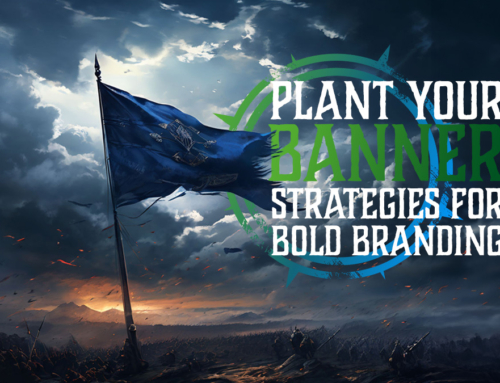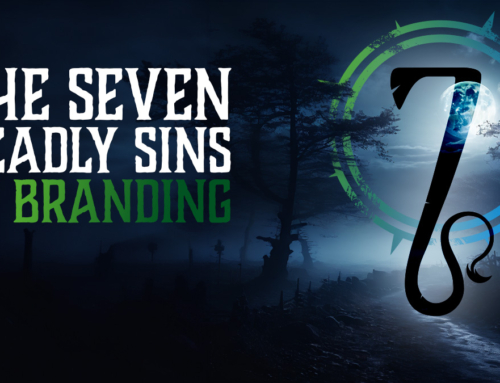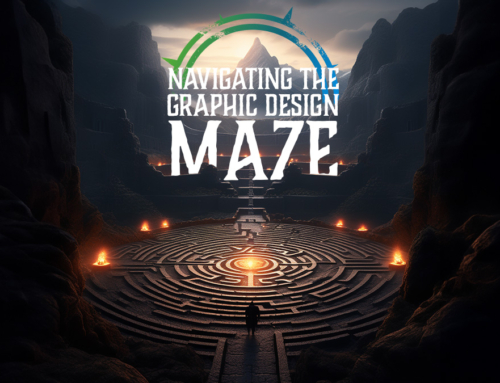Semiotics – the study of signs
At 6:44am (local), in an airport bathroom in Narita, Japan, I reach for a curved, chrome tap with a blue circle on the handle. Despite my 13 hour flight (not to mention the 6 hour change in Hong Kong), my instincts tell me that, even half the world away, this is the ‘cold’ tap. Cool water pours over my hands and I splash some on my face in an attempt to shake the fatigue drowning my system. A thought occurs, half buried by jet-lag; my base understanding of Japanese (enough to buy food and beer), isn’t able to decipher the Kanji on the taps, yet I knew which one to reach for. Why is this?
My little anecdote above is a strong example of semiotics, the study of sign process. I have been conditioned to see the colours red and blue in this context as meaning ‘hot’ and ‘cold’ respectively. Semiotics looks at any sign that produces meaning and can be communicated through any of the senses. One of the key aspects of semiotics is that it also studies non-linguistic signs, meaning it is more universal than language. We see signs everywhere, and our minds are trained to recognise them. From warnings to marketing, we see them constantly in daily life. This means semiotics are very important to business.
What has this got to do with design?
In previous blog posts, I have written about the psychology of colours and shapes. This entire field can be placed under semiotics. Through social conditioning we are programmed to think or feel a certain way when we see shapes and colours. Red makes us hungry and blue makes us calm. Triangles are strong whereas circles are homely. The meanings we place on signs are community led – a sign can only mean something when a large enough portion of a community agrees. For brands, it is important to understand that as we enter a more connected world, the chance of alienating customers from particular communities becomes greater.
When we see an item, we immediately process information based on signs. An apple is a good example. The sign is the object or thing (an apple). The signifier is the existence of the sign – the sound the word makes, the word itself or an image of an apple. Finally, we have what is signified. This is the mental concept. Fresh, happy, healthy, teacher’s pet are all examples of concepts we are conditioned to feel or think on seeing an apple. Did you also think of the company, Apple? It is likely most people will because we are conditioned to. It is especially likely if you see an apple shown with technology.The signifier can vary based on context.
Logos are an especially prominent use of semiotics. Logos use shapes, colours and text to promote ideals of a brand in a memorable fashion. Because they are often key in brand identity, the signs need to be clear in them. The most famous logos in the world have gained their status because they advertise the key aspects of the brand. Confusion can still occur when advertising to multiple countries or cultures, so understanding is important.
Semiotics and Brands
Semiotics are incredibly important to think about when branding. Most business owners will have done so, often without knowing. Companies focusing on a worldwide customer base may find that they need to be more careful with their branding. Colour choices are a great example of this, as a colour can have different meanings in different countries.
Some brands have even become strong enough to pass on a cultural icon between cultures. McDonald’s arches and the Coca-Cola logo are great examples of this. This is more usual when the sign migrated from more economically-developed countries to those still developing. In most instances, even those sending a similar message to multiple countries will fine-tune this depending on the culture codes.
Culture codes can strongly influence whether a population reacts favourably to a brand’s marketing. Disney met great success with Tokyo Disneyland as the Japanese cultural code values ‘cuteness’, politeness and gift giving. Tokyo Disneyland sells more souvenirs than any other Disneyland due to this. A company that is unaware of it’s target market’s cultures and codes risks failing in that market. One that pays attention to these is more likely to succeed.
Semiotics in Marketing
As in brand identity, semiotics are increasingly important in marketing. Semiotics are used in marketing to persuade potential buyers to change their attitudes and behaviours. There are two ways that this can be used, through surface and underlying methods.
– Surface methods are used to personalise the product, for example the way a leaflet or advert is set out. Creativity plays a key role here.
– Underlying methods are more subliminal. They include the concealed meanings of images, text and sounds.
Using these methods together is important to make marketing that is both creatively distinct and has an underlying message that is attractive to the target market. Great marketing makes use of both surface and underlying methods.
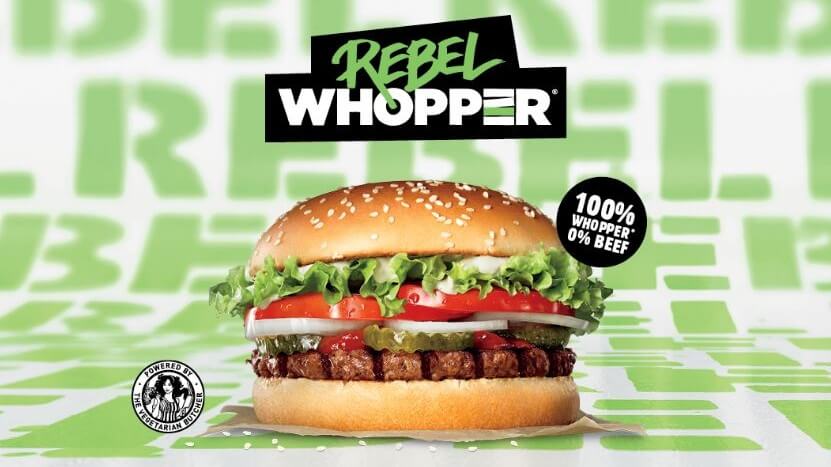
An example of this in action is Burger King’s Vegan Whopper advertising. The burger is front and center so the target sees what it is immediately, with their eyes next being drawn to the words ‘Rebel whopper’. The layout here is the surface method – using the product as the central point and other brand signifiers. The underlying methods are the meanings we take from looking at the colour choice of green, the word ‘rebel’ and the style of font. These choices blend together to form particular thoughts in the target audience.
What to take away from this
To conclude, semiotics are important when looking at your brand identity. If you don’t understand the signs you are using, you could alienate key customer bases. This is especially important when expanding into a new market. Take the time to understand the needs and wants, likes and dislikes of your targets, and design accordingly. Remember to talk to designers and marketers. You may have missed something that a trained eye will spot immediately.
If you are looking for more information regarding brand identity, contact us here.
Many thanks to Emma of Emm-Power for the suggestion of Semiotics as a topic for discussion.

